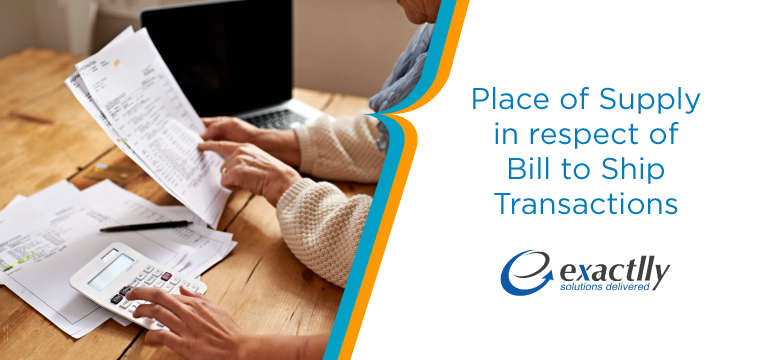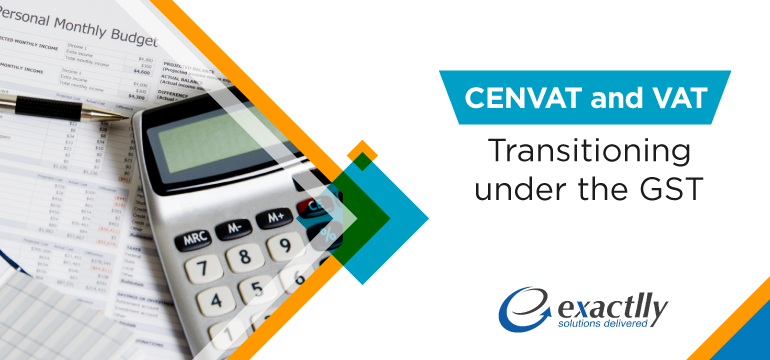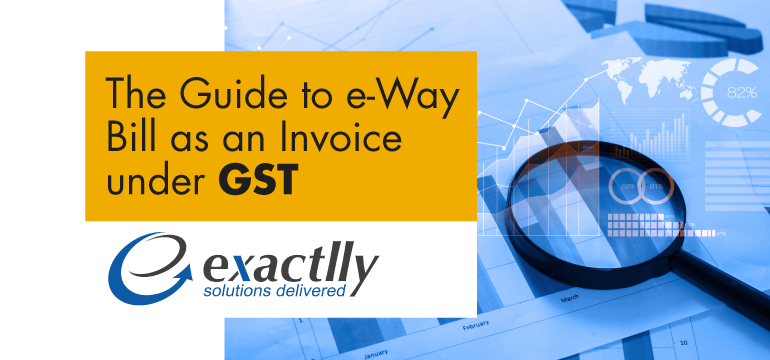Place of Supply in respect of Bill to Ship Transactions

Two states and entities are involved in the case of a bill to ship transactions model, a very common model observed these days. This means that the billing and the shipping are done separately. Therefore, to eliminate the cascading effect of taxation throughout the different levels of such a complex transaction, only the first sale is taxed. Any subsequent sales in stages of the transaction are exempt from tax.
What is a bill to ship Transaction?
F&M Clothing registered in Maharashtra, a dealer in garments, receives an order from Lara Fashion in Tamil Nadu for the supply of 100 bundles of textiles. The instruction is to ship these textile bundles to XYZ Dealers in Karnataka (a customer of Lara Fashion). Let us break the transaction down into two aspects –
- Transaction between F&M Clothing and Lara Fashion –
The supplier is F&M Clothing and the buyer is Lara Fashion – owing to this, the transaction is billed to Lara Fashion and as per the instructions of Lara Fashion, shipping of the bundles is done to XYZ Dealers.
- Transaction between Lara Fashion and XYZ Dealers –
The supplier is Lara Fashion and the buyer is XYZ Dealers – owing to this the transaction is further billed to XYZ Dealers and the lorry receipt is endorsed in favour of XYZ Dealers which enables it to accept the delivery of the textile bundles.
Under the current indirect tax regime, the bill to ship model taxation aspects are as follows –
There is a first sale followed by a subsequent sale;
- Tax is levied on both parts of the same transaction – taking the above example, the tax is levied on Lara Fashion and then on XYZ Dealers. Nonetheless, to eliminate the levy of multiple taxes, exemptions are provided on all sales after the first sale, subject to furnishing and recording proper form filings.
- A declaration by way of Form E1 is required to be issued by the first seller; additionally, C-Form is required to be issued by the buyer for levying a central service tax at 2%.
For example, F&M Clothing bills the transaction to Lara Fashion and ships the goods upon instructions to XYZ Dealers. F&M Clothing furnishes Form E1 to Lara Fashion and Lara Fashion furnishes C-Form to XYZ Dealers for availing the central sales tax at 2%. Further, Lara Fashion bills XYZ Dealers against the C-Form without charging any tax, since this is a subsequent stage of the transaction, and endorses the receipt of the lorry in favour of XYZ Dealers.
Under the GST regime, the bill to ship model taxation aspects are as follows –
- The place of supply of the goods is crucial to understanding whether the supply has taken place interstate or intrastate and accordingly, taxes such as the CGST, SGST or IGST are levied;
- When such goods are supplied to a recipient upon instructions of a third party, then the third person will be deemed to be the recipient of the goods and the place of the supply shall become the registered place of business of the third party.
- As an illustration, F&M Clothing is registered in Maharashtra. It receives an order from Lara Fashion registered in Karnataka to supply 100 bundles of textiles by way of shipping them to XYZ Dealers in Tamil Nadu. Therefore, upon the instruction of Lara Fashion, F&M Clothing ships the textile bundles to XYZ Dealers in Tamil Nadu and Lara Fashion is considered to be the third party. Thus, the place of supply becomes the principal place of business of the third party, i.e., Karnataka and accordingly, IGST is levied on the total value of the transaction to Lara Fashion. In the second part of this transaction between Lara Fashion and XYZ Dealers, IGST is further charged as this is also taking place interstate.
Let us look at some more examples, where the details are as follows –
Example 1:
- Supplier – F&M Clothing (Maharashtra)
- Third-Party – Lara Fashion (Maharashtra)
- Recipient – XYZ Dealers (Tamil Nadu)
- Place of supply – Maharashtra
- Transaction – Intrastate
Here, the place of supply is the principal place of business of the third party i.e., Lara Fashion and thus CGST and SGST is billed in the first part of the transaction to Lara Fashion and IGST is billed on the second part of the transaction to XYZ Dealers.
Example 2:
- Supplier – F&M Clothing (Maharashtra)
- Third-Party – Lara Fashion (Tamil Nadu)
- Recipient – XYZ Dealers (Tamil Nadu)
- Place of supply – Tamil Nadu
- Transaction – Interstate
Here, the place of supply is the principal place of business of the third party i.e., Lara Fashion and thus IGST is billed in the first part of the transaction to Lara Fashion and CGST and SGST is billed on the second part of the transaction to XYZ Dealers.
Wants to know more about exactlly Software? Feel free to Contact Us and get a Free Demo.







